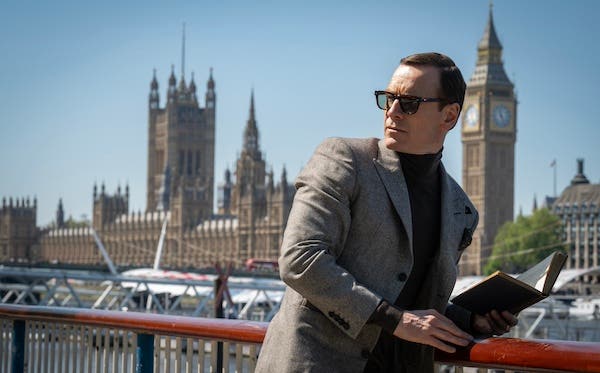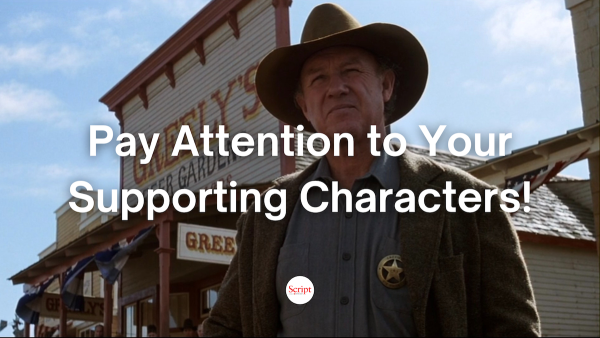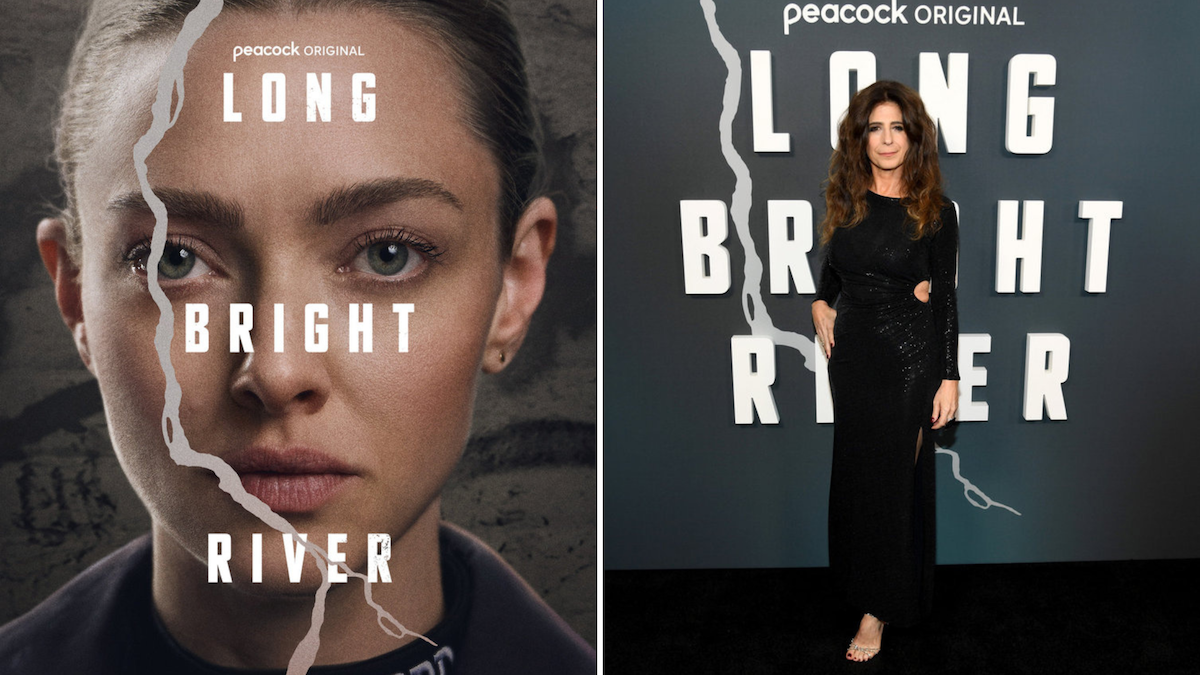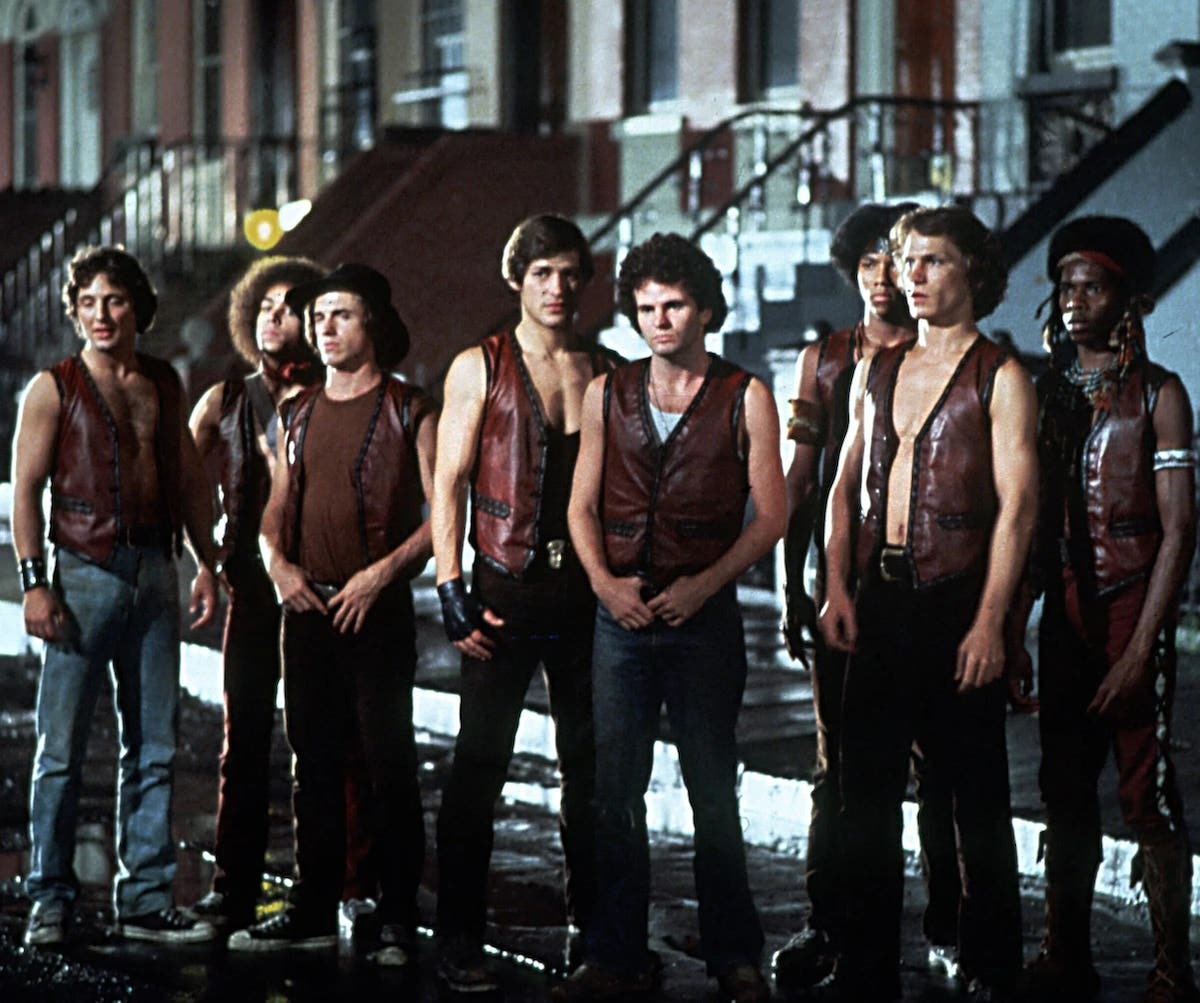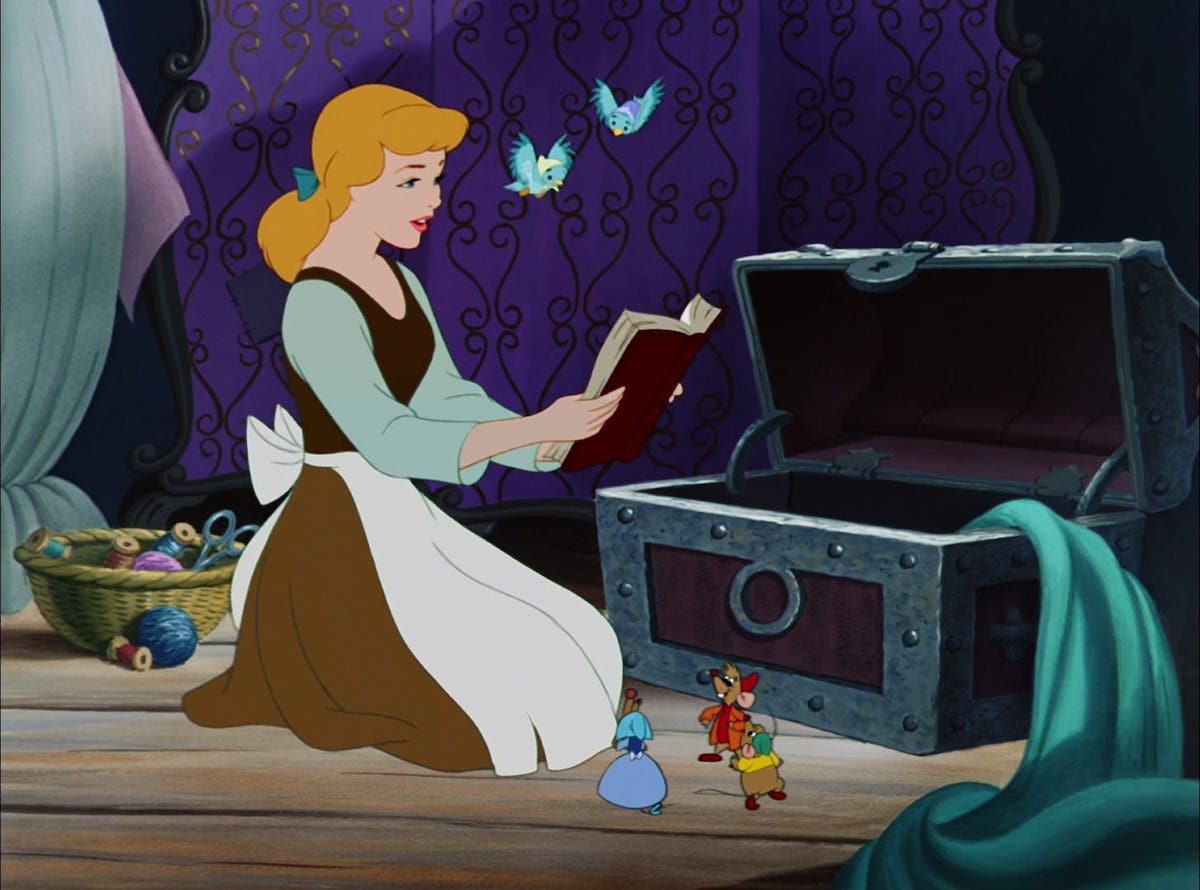How to SHOUT Effectively: Using ALL CAPS to Enhance Your Visual Storytelling
Michael Lee tells you how to improve your visual storytelling through the careful use of ALL CAPS in screenwriting.
Michael Lee is a writer, script consultant, script reader and judge. He's worked as a creative executive for a few production companies and as reader and judge for some of the most prestigious screenwriting contests in the country including PAGE and Final Draft Big Break. He's recently optioned his latest project: a science-fiction comedy entitled How to Conquer the Earth. Follow Michael on Facebook and Twitter: @GoldenAgeofGeek.
Movies are about visual storytelling. “A Picture Tells a Thousand Words.” We’ve all heard that one. We’ve also heard “Show Don’t Tell” and “Write Visually/Cinematically.”
Unfortunately when new writers (and even a few experienced ones) put that into practice the results are something like this:
EXT.LONDON – NIGHT
It was a dark and stormy night; the rain fell in torrents — except at occasional intervals, when it was checked by a violent gust of wind which swept up the streets (for it is in London that our scene lies), rattling along the housetops, and fiercely agitating the scanty….
And it goes on like that all the way to the bottom of the page and continuing on to the second!
Or they’ll give you an in-depth description of the shot, spelling out everything from the exact blocking of the actors to the direction and speed of the camera movement to what kind of lens and lighting rig should be used.
The end result is ironically the exact opposite of what the writer intended. Instead of a visual storytelling we have blocks and blocks of text. These kinds of scripts usually end up with a page count well over 120 and are referred to as “doorstops” by producers and executives.
So what do they want to see? Often the word thrown around is “clean.” They want a fast read. And often they say they want to see “a lot of white space” on the page; in other words anything except the long, drawn out paragraphs that plague a lot spec scripts. But that leaves the new writer with a quandary: How do you deliver visual storytelling and still leave plenty of white space on the page?
There are a number of possible solutions. You can follow the rules of good writing as laid done by Strunk and White; active voice, good word choice, etc. But screenwriters have a secret weapon that’s not available to other writers and if used properly it can make all the difference. That weapon is ALL CAPS.
One of the big advantages a screenwriter has is that a script isn’t meant to be read. It’s meant to be performed and filmed. It’s the end result that reaches the audience. The audience will hear the dialogue. They will read any Star Wars-like title scrawls if those are in the story. But the rest of it, the descriptions and actions, they will never see. The complete script is only read by the cast and crew. Often it’s being read to answer technical questions. How many locations have to be scouted? What kind lighting rigs will the next scene require? What does the prop department have to find or build?
But because of this screenwriters get to use ALL CAPS more than any other writer or storyteller. Novelists, journalists and blog writers may get away with using ALL CAPS occasionally but screenwriters are required to use them. Whenever a new character enters a scene his name is in ALL CAPS. Whenever there’s a sound effect it’s in ALL CAPS. And when there’s something in the scene that the writer wants to call attention to it’s in ALL CAPS.
And there is our big advantage when it comes to visual storytelling. So much of prose writing revolves around finding ways to draw the reader’s attention to certain details in a scene. In screenwriting we can just come right out and say:
A LOADED GUN sits on the kitchen table.
And that is one way we can deliver visual storytelling without using a lot of words. If we use short paragraphs of one to three sentences and use ALL CAPS to highlight the important details, then we can create a clear picture of the scene without thick blocks of description.
A GLOOMY CAVE looms before Jessie and Mark.
Sometimes writers can go too far. I have a friend who once read for a screenplay contest. He told me about a line from an entry script that went something like this:
TWO CHAIRS are next to a TABLE. A VASE full of FLOWERS sits on the TABLE beneath a PLACEMAT.
Are these important details? Why is the writer drawing my attention to them? Even worse are the people who end up shouting every word in a sentence:
TWO CHAIRS ARE NEXT TO A TABLE. A VASE FULL OF FLOWERS SITS ON THE TABLE BENEATH A PLACEMAT.
ALL CAPS works because it stands out. If it’s overused then nothing stands out. But if the screenwriter exercises restraint it makes the script itself very visual. When not overused ALL CAPS stand out and draws the eye like a magnet:
blah HEY blah blah blah blah LOOK blah blah blah
blah blah blah blah OVER blah blah blah blah blah blah HERE
If done correctly it’s possible a reader can glean the essentials of a scene just by reading the words in ALL CAPS along with the dialogue. In a business where time is limited, that can make the difference between a sale and a pass.
The question becomes what does the screenwriter highlight? Let’s take the first interrogation sequence from Now You See Me as an example.
Unlike the poor contest entry script from earlier we really don’t need to highlight the chairs or the table. There are a few items that are important. The soda can is one of them. But the most important detail is that the character played by Jesse Eisenberg has his wrists SHACKLED. And the reason why is that sequence climaxes with this trailer moment.
And the screenwriter can set this up simply and quickly. The script doesn’t have to spell out how long the camera lingers on the shackles or the soda can. It can just say:
Daniel is seated opposite Rhodes. His wrists are SHACKLED to the table. There is a SODA CAN next to Rhodes.
Thinking about what details to highlight with ALL CAPS can also help a writer edit out unnecessary material. Whenever I see a block of description like this:
The car passes through the gate.
It comes to a stop in the parking lot.
A woman gets out.
She heads inside the building.
Even though it’s all in short sentences it still drags. When there’s nothing in ALL CAPS I have to wonder if these lines are really necessary. If there’s nothing in a paragraph or sentence that needs to be highlighted, the screenwriter may want to consider cutting it out.
That’s not to say that the rules of good writing don’t apply to screenwriting and that it’s okay to throw out Strunk and White. But screenwriters, especially new ones should take full advantage of the medium. We are allowed to SHOUT in our screenplays. And if one learns to SHOUT effectively, not too often and at the right moments, then the result is good visual storytelling with a lot of white space on the page.
- Visual Mindscape: The First Image in Your Screenplay
- Screenwriting Contests Calendar Dates and Prizes + FREE Download
- Primetime: Using CAPS in a Spec Script... and How Ready Should a Sizzle Reel Be Before Pitching?
Get help writing visually with William Martell's webinar
Visual Storytelling: Actions Speak Louder Than Words
Michael Lee is a writer, script consultant, script reader and judge. He’s worked as a creative executive for a few production companies and as reader and judge for some of the most prestigious screenwriting contests in the country including PAGE and Final Draft Big Break. The last five years his life has consisted of reading lots and lots of screenplays. He’s recently optioned his latest project: a science-fiction comedy entitled How to Conquer the Earth. Follow Michael on Facebook and Twitter: @GoldenAgeofGeek.
